|
|
|
|
|
|
|
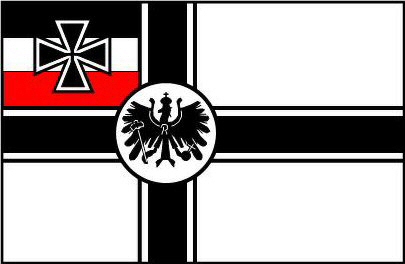 Germany
|
21cm lg.Mrs.16 L/14.5 ('langer Mörser') |
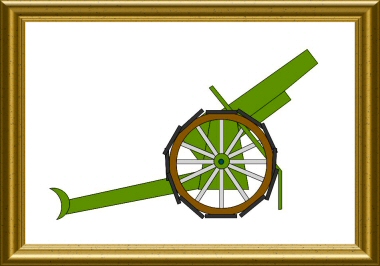 Heavy artillery
|
|
|
Contributor :
Charlie Clelland
Stuart Curry
Craig Tilley
|
Location :
Australia
Hobart, TAS
Anglesea Barracks
Coordinates :
Lat : -42.88873 / Long : 147.32456
|
General comments on this surviving gun :
At the end of the War France ended up with substantial quantities of war material as reparations from Germany. In recognition of Australia’s contribution to the defence of France the French Government gave pieces of artillery to each State. Tasmania’s allocation was this Der Morser. The tube was made by Krupp at Essen in 1917 and is numbered 1001; the carriage was made in 1916 and is numbered 382.
The Der Morser sat for many years at the Hobart Cenotaph before being relocated to Brighton Camp. From there it moved to the Gun Park at Anglesea Barracks before it was moved to its current location at the front of the Barracks complex, facing Davey Street. The gun was thoroughly restored and is in pristine condition (as of January 2020).
The gun has perspex panels over the wheels to stop children from climbing on it.
Identical items in the same location :
1
Items covered by this file :
1
|
|
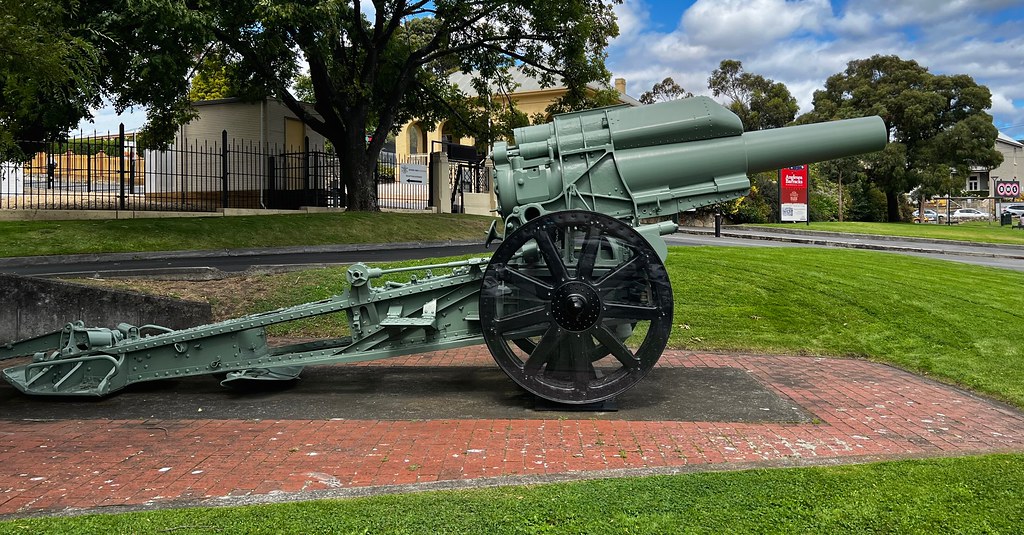
|
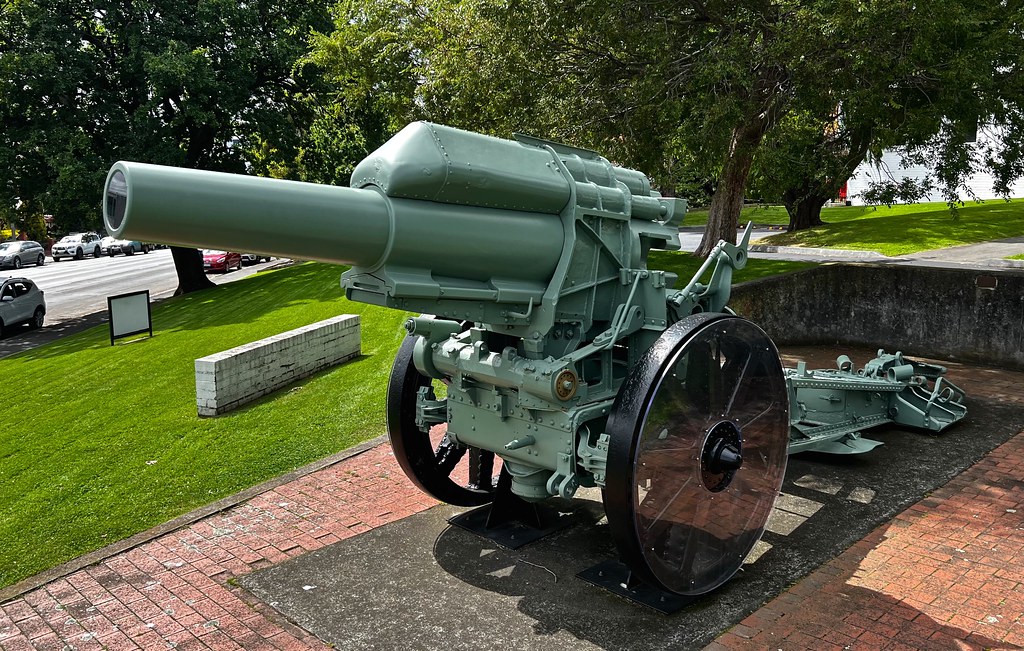
|
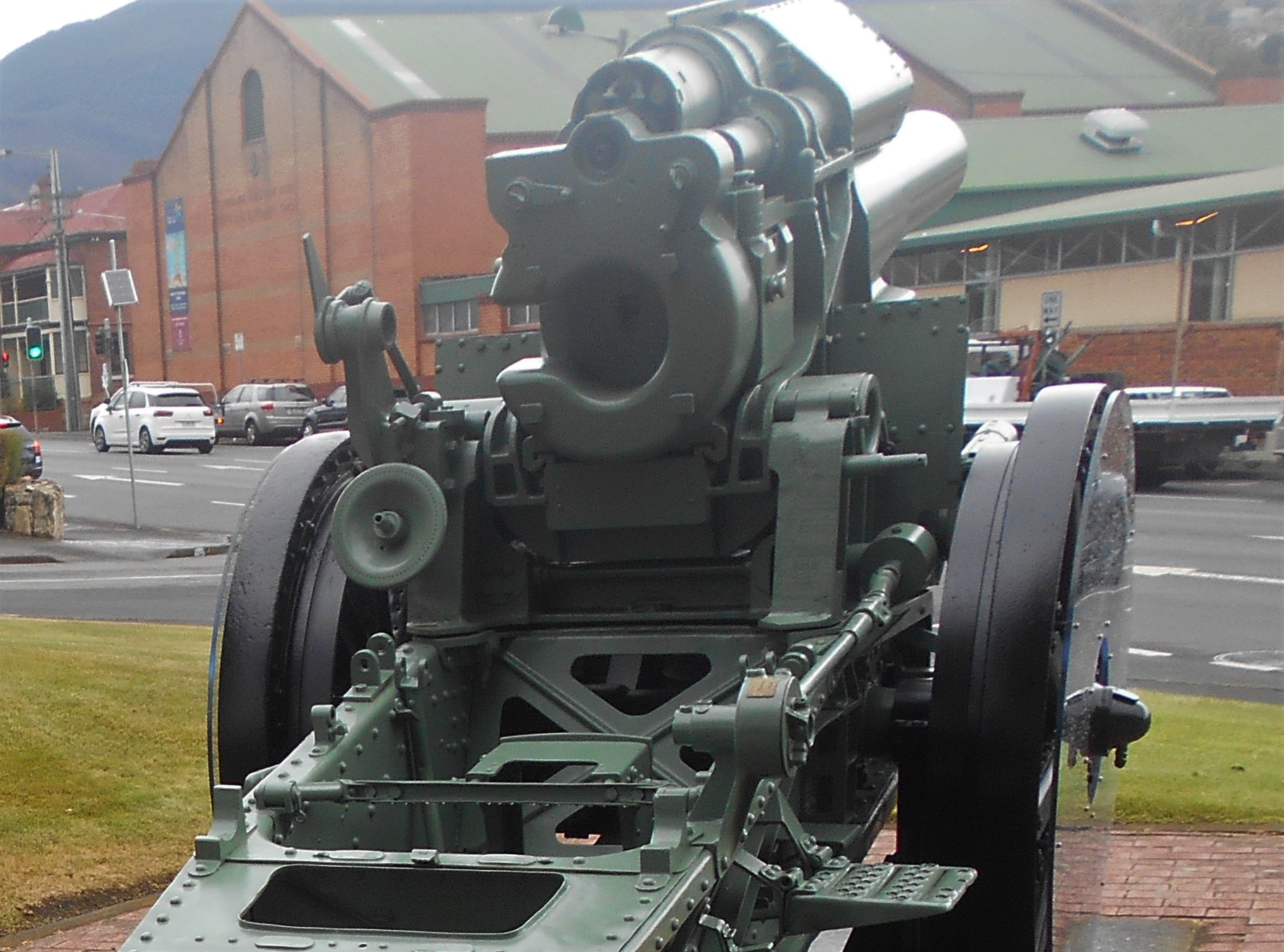
|
|
|
Breech markings : Nr1001 - FRIED.KRUPP A.G. ESSEN - 1917
|
|
|
Historic and technical information
|
|
Denomination :
21cm M 16
|
Origin :
 (
Krupp)
(
Krupp)
|
|
Historic context :
As soon as August 1914, the 21cm M 191O mortars demonstrated their power and mobility in front of the Belgian and French fortresses, in the fall of which they highly contributed. However the transformation of the movement war into a position war and the apparition of better enemy counter-battery fire at the end of 1914 made the APK ('Artillerie Prüfungs Komission') listen to the armies requests and ask to Krupp to study a range improvement to more than 10.000 m.
This modernisation mainly consisted into the extension of the tube length from 12 to 14.5, the addition of a protection shield, and some minor modifications gave birth to the and transformed it into the 'langer 21 cm Morser M16', also named 'langer Mörser', one of the most famous aces of the German heavy artillery.
Delivered to the units from the end of 1916, this remarkable weapon provided on all the fronts its impressive destructive power, propulsing its big 120 kg shells being to a distance more than 10 km...
'lange Mörser' was modified a last time in 1917/1918, re-inforcing its wheels system (now steel discs pierced with holes, instead of rod wheels) and its suspension to allow the mechanical towing in a single load by a tractor. The tube could now be moved backwards to lye directly on the carriage trail for transportation. This last version, 100 kg heavier, was named '21 cm Mrs. M17
The long 21cm mortar was built by Krupp to a number of 736 until november 1918. At the Armistice, the german Army was still having 489 suc weapons. Some of them were called back to service during WW2.
|
Technical data :
- Complete description : 21cm mortar M 16 (and M 17)
- Design year : 1916 (1917)
- Calibre : 211.00 mm
- Weight in firing position : 6630 kg (7550 kg with trackpads). Additional 100 kg for the M17 version
- Weight for transportation : 3 wagons 3870 kg (with tube), 3713 kg (with carriage) and 3345 kg (with accessories), single 7550 kg load for the M17 version
- Tube length in calibres : 14.50 (total tube length)
- Grooves : 64
- Projectile weight : 120 kg
- Initial speed : 394 m/s
- Fire rate :
- Range : 10200 m
- Elevation range : +6 to +70 degrés
- Direction range : 4 degrees total range
|
Sources
|
-
German Artillery of World War One Herbert Jager Crowood 2001
-
Das Geraet der Schweren Artillerie vor, in und nach der Weltkrieg Herman Schirmer Bernard und Graefe, Berlin 1937
-
Deutsche 21-cm Morser 1911-1945, Waffen-Arsenal #162 Wolfgang Fleischer Waffen-Arsenal 1996
-
Les 'Mörser' de calibre 21 cm - Atouts majeurs de l'artillerie allemande en 1914-1918 - Tank Zone Nr 11 Général Guy François Histoire et Collection 2010
|
|